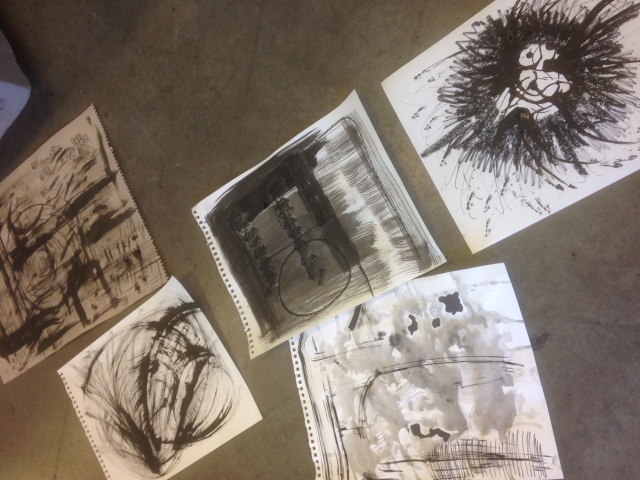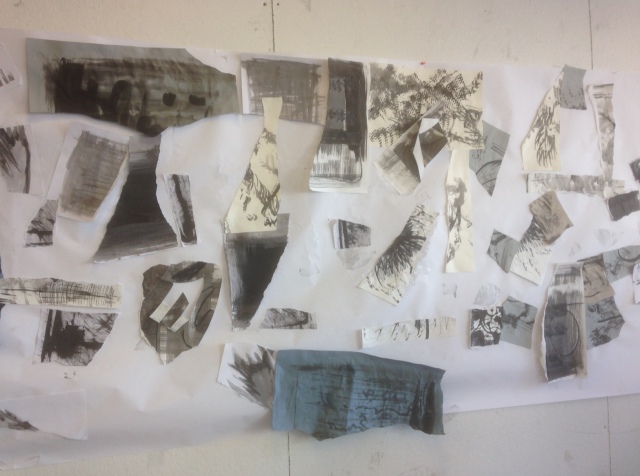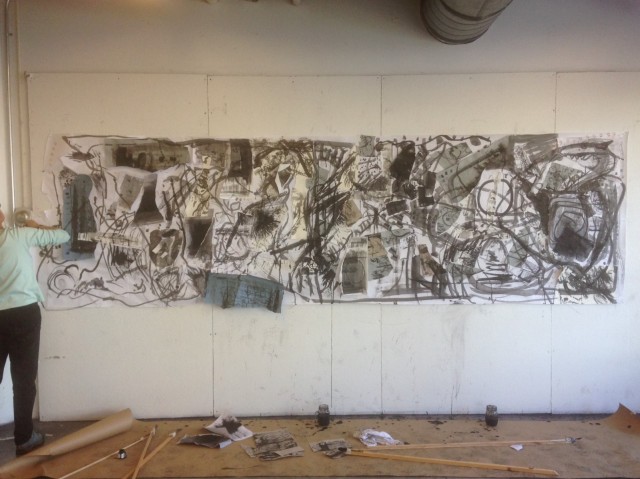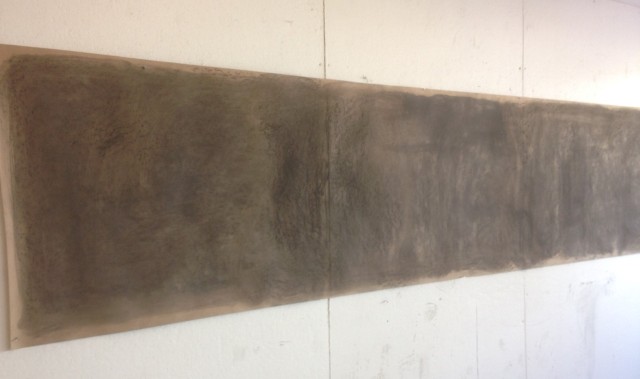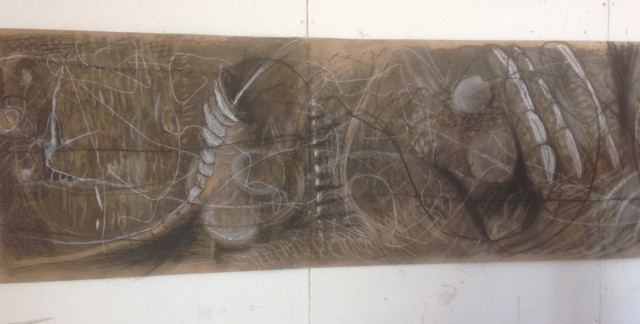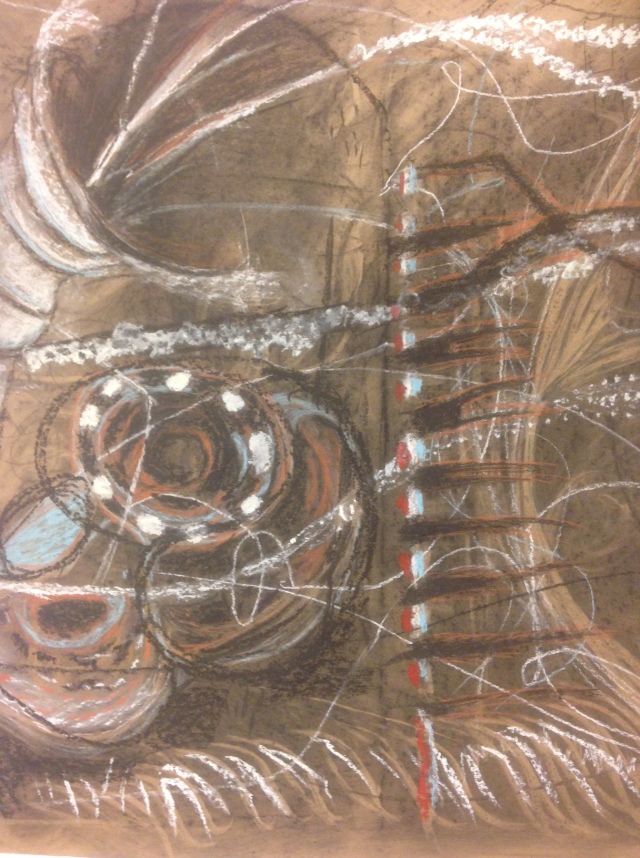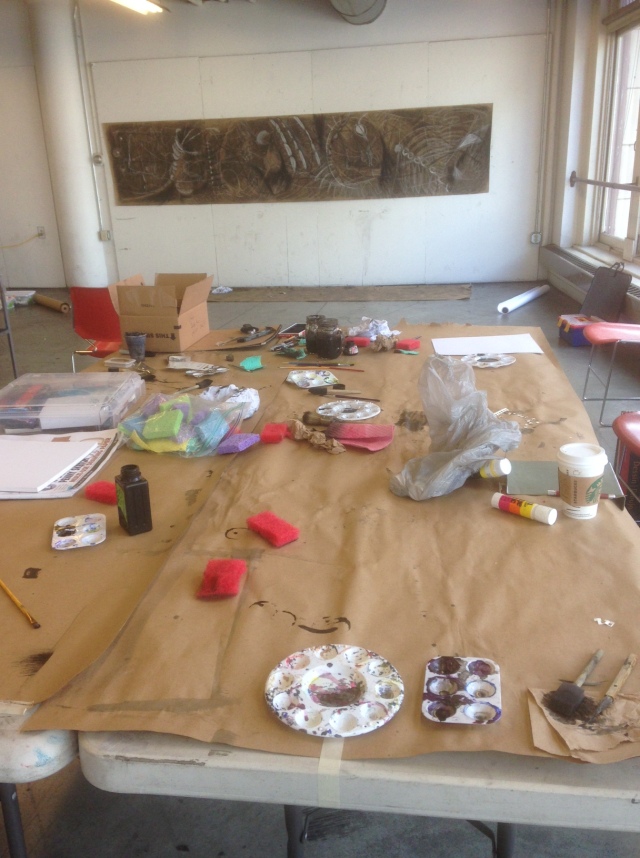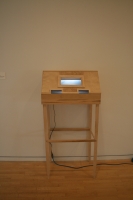 “My imagination is a Monastery, and I am its Monk” – John Keats (1795-1821) to Percy Shelley
“My imagination is a Monastery, and I am its Monk” – John Keats (1795-1821) to Percy Shelley
Even in our devastated and technologically enslaved world, the deep romanticism of autumn cannot be denied. It is good to think about and celebrate the life of John Keats, who was born October 31 and died at age twenty-five. Keats life was tragic. His father died when Keats was only eight. His mother remarried disastrously, lost her fortune, abandoned her family, returned, and passed away of tuberculosis when Keats was fifteen. Keats nursed both his mother and his brother Tom throughout the terrible illness of which Keats himself would die. He abandoned a medical career, lived in poverty, and his work was reviled by the critics of the day. But the mundanely tragic was transfigured and heightened by the flames of genius and romantic love into some of the greatest writing ever penned.
In nature and in art that which is fragile, delicate, complex and temporal may also be the most sublime. 
As I walk the streets of Portland, with its old Victorian houses, many of which are evocative of Keats (places where Keats lived, such as Wentworth Place and Hempstead Heath would not be out of place here), through the pearl-gray dawn and the rose-gold twilight, along gardens thick with purple asters, golden light streaming through red maple and oak, pine cones and acorns crushing underfoot as the last blooms of autumn glow with heightened color through the mist and rain, the warm sumptuous days growing ever more stunted, Keats and his poetry come to life, infusing the city with their presence.


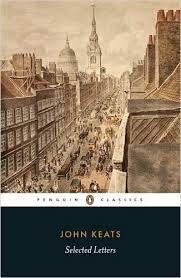
Keats letters, though he often complained about the time it took to manage them (much as we complain about e-mail volume today), stand as a literary compendium in their own right and form a rich autobiography that is humorous, joyful and exquisitely intelligent. It is doubtful any modern e-mail correspondence could ever take their place.
“What astonishes me more than any thing is the tone, the coloring, the slate, the stone, the moss, the rock-weeds; or, if I may say so, the intellect, the countenance of such places. The space, the magnitude of mountains and waterfalls are well imagined before one sees them; but this countenance or intellectual tone must surpass every imagination and defy any remembrance. I shall learn poetry here and shall henceforth write more than ever, for the abstract endeavor of being able to add a mite to that mass of beauty which is harvested from these grand matrials, by the finest spirits, and put into ethereal existence for the relish of one’s fellows.” – page 167, Letter to Tom Keats, 25-27, June 25-27, 1818, John Keats, Selected Letters, Penguin Classics.
The artistic, literary, and intellectual movement that peaked 1800 to 1850 was in part a rebuttal to the Industrial Revolution, which one could argue was the beginning of the end for life on Earth. Today intense emotion is shunned and science is king – our emotional life is consumed by fears of terrorism, climate change, social anxiety, and fear of nature. Romanticism celebrated a love of solitude and contemplation and decried population growth, the dark side of urbanism, and industrialism. Individualists and artists were heroes and imagination was considered a freedom from critical authority. Ultimately Romanticism was eroded by Realism and the spread of nationalism.

“As to the poetical Character itself (I mean that sort of which, if I am any thing, I m a Member; that sort distinguished from the wordsworthian or egotistical sublime; which is a thing per se and stands alone) it is not itself – it has no self – it is every thing and nothing – It has no character – it enjoys light and shade; it lives in gusto, be it foul or fair, high or low, rich or poor, mean or elevated – It has as much delight in conceiving an Iago as an Imogen. What shocks the virtuous philosoper, delights the calemion Poet. It does no harm from its relish of the dark side of things any more than from its taste for the bright one; because they both end in speculation. A Poet is the most unpoetical of any thing in existence; because he has no Identity – he is continually in for – and filling some other Body – The Sun, the Moon, the Sea and Men and Women who are creatures of impulse are poetical and have about them an unchangeable attribute – the poet has none; no identify – he is certainly the most unpoetical of all God’s Creatures.”
 While Romantic love is deemed by modern psychology as a toxin that poisons relationships by giving rise to unhealthy attachments, it continues to permeate our world. And in fact it stands as testimony to something eternal and necessary to the human psyche. What would Keats’ life have been without Franny Brawne? Has there ever been anything more beautiful, fragile, or romantic than their relationship? He often said the depth of his love was killing him, but it also gave him life.
While Romantic love is deemed by modern psychology as a toxin that poisons relationships by giving rise to unhealthy attachments, it continues to permeate our world. And in fact it stands as testimony to something eternal and necessary to the human psyche. What would Keats’ life have been without Franny Brawne? Has there ever been anything more beautiful, fragile, or romantic than their relationship? He often said the depth of his love was killing him, but it also gave him life.
“Sweetest Fanny,
You fear, sometimes, I do not love you as much as you wish? My dear Girl I love you ever and ever and without reserve. The more I have known you the more have I lov’d. In every way – even my jealousies have been agonies of Love, in the hottest fit I ever had I would have died for you. I have vex’d you too much. But for Love! Can I help it? You are always new. The last of your kisses was ever the sweetest; the last smile the brightest; the last movement the gracefullest. When you pass’d my window home yesterday, I was fill’d with as much admiration as if I had then seen you for the first time. You uttered a half complaint once that I only lov’d your Beauty. Have I nothing else then to live in you but that? Do not I see a heart naturally furnish’d with wings imprison itself with me? No ill prospect has been able to turn your thoughts a moment from me.” — To Franny Brawne, March, 1820
 “Upon my soul I have loved you to the extreme, I wish you could know the Tenderness with which I continually brood over your different aspects of countenance, action and dress. I see you come down in the morning: I see you meet me at the Window – I see the pleasant clue I live in a sort of happy misery. . .” — To Franny Brawne, June, 1820
“Upon my soul I have loved you to the extreme, I wish you could know the Tenderness with which I continually brood over your different aspects of countenance, action and dress. I see you come down in the morning: I see you meet me at the Window – I see the pleasant clue I live in a sort of happy misery. . .” — To Franny Brawne, June, 1820
“The persuasion that I shall see her no more will kill me. I cannot q——- My dear Brown, I should have had her when I was in health, and I should have remained well. I can bear to die – I cannot bear to leave her. Oh, God! God! God! Every thing I have in my trunks that reminds me of her goes through me like a spear. The silk lining she put in my travelling cap scalds my head. My imagination is horribly vivid about her – I see her – I hear her. There is nothing in the world of sufficient interest to divert me from her a moment. This was the case when I was in England; I cannot recollect, without shuddering, the time that I was prisoner at Hunt’s, and used to keep my eyes fixed on Hampstead all day. Then there was a good hope of seeing her again – Now! – O that I could be buried near where she lives! I am afraid to write to her – the receive a letter from her – to see her hand writing would break my heart – even to hear of her any how, to see her name written would be more than I can bear. My dear Brown, what am I to do?” – To Charles Brown, November 1-2, 1820
 But the Romantics weren’t all doom and gloom. Bright Star, the astonishing film by Jane Campion about Keats and Fanny Brawne, is itself a metaphor for the Romantic Age, which, like it or not, has infiltrated Western culture. The film’s melancholia may seem morbid, but it is pierced with exquisite moments, illuminated by an essential “truth and beauty.” And that is the point.
But the Romantics weren’t all doom and gloom. Bright Star, the astonishing film by Jane Campion about Keats and Fanny Brawne, is itself a metaphor for the Romantic Age, which, like it or not, has infiltrated Western culture. The film’s melancholia may seem morbid, but it is pierced with exquisite moments, illuminated by an essential “truth and beauty.” And that is the point.
A Thing Of Beauty (Endymion)
A thing of beauty is a joy for ever:
Its lovliness increases; it will never
Pass into nothingness; but still will keep
A bower quiet for us, and a sleep
Full of sweet dreams, and health, and quiet breathing.
Therefore, on every morrow, are we wreathing
A flowery band to bind us to the earth,
Spite of despondence, of the inhuman dearth
Of noble natures, of the gloomy days,
Of all the unhealthy and o’er-darkn’d ways
Made for our searching: yes, in spite of all,
Some shape of beauty moves away the pall
From our dark spirits. Such the sun, the moon,
Trees old and young, sprouting a shady boon
For simple sheep; and such are daffodils
With the green world they live in; and clear rills
That for themselves a cooling covert make
‘Gainst the hot season; the mid-forest brake,
Rich with a sprinkling of fair musk-rose blooms:
And such too is the grandeur of the dooms
We have imagined for the mighty dead;
An endless fountain of immortal drink,
Pouring unto us from the heaven’s brink.
— John Keats

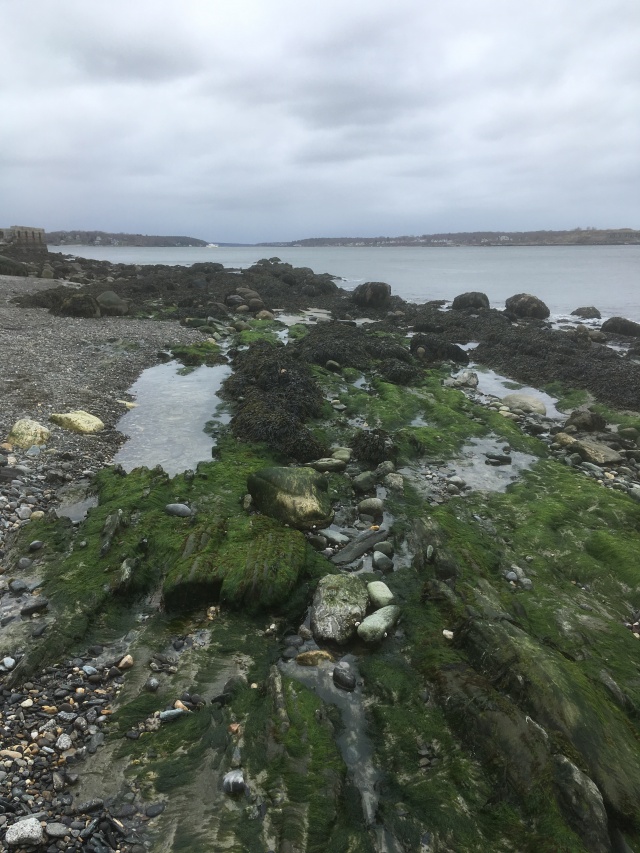

 Recently I took a second Experimental Drawing weekend workshop through the
Recently I took a second Experimental Drawing weekend workshop through the 










